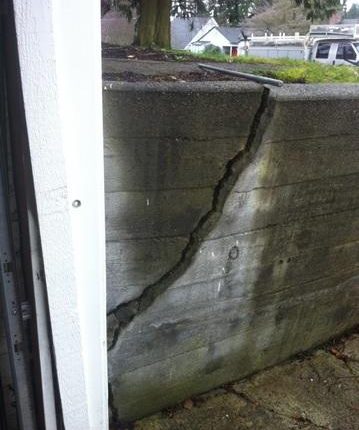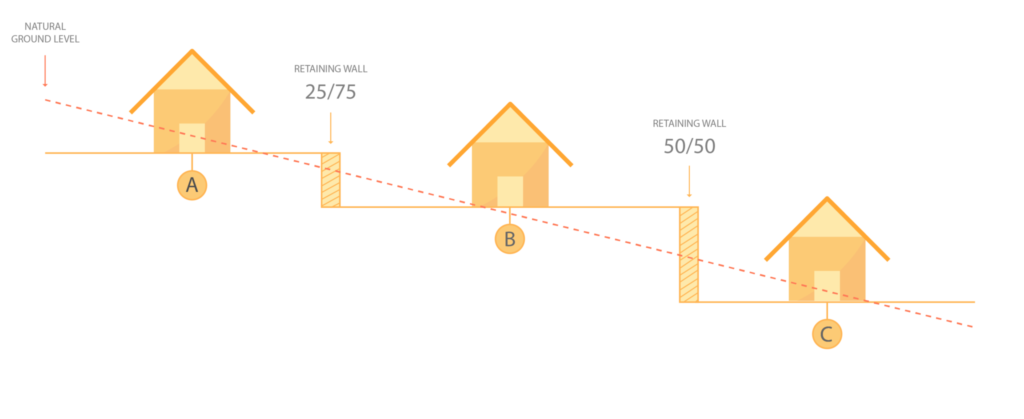Retaining Walls Offer Several Advantages

- Melbourne Retaining Walls are crucial elements to any building structure. They behave as the skeleton of a structure by supplying an area in which structural reinforcement can be installed. This ensures that the walls do not collapse under the weight of the construction they’re protecting. There are numerous regulations governing the construction and use of retaining walls, which makes them among the most essential aspects of a building project.
Retaining Walls Offer Several Advantages
The first regulation that summarizes the use of retaining walls is OSHA. This organization sets the standards needed for the material used to build these walls. To be able to stay in accordance with OSHA regulations, businesses must make sure their walls comprise no more than four% load-bearing capacity. Additionally, no more than forty percent of the total area of the wall is load-bearing.
Retaining Walls Offer Several Advantages
Materials which are regarded as acceptable for use in these types of constructions have to have the ability to withstand the outside in addition to the components. Many businesses decide to use materials such as flagstone, concrete block, flagstones, and natural stones, since they may last for many years with little maintenance. Stone materials can also offer you a visual component to a house.
Another regulation which directly affects the use of retaining walls is your Minimum Service Requirements for Retaining Walls. MSRs pertain to the material used, the height of this wall, spacing, and other specifications that are necessary. When choosing materials, companies should ensure that they comply with all of the MRS’s. Additionally, MRSs will decide on the total amount of maintenance that a company will have to do on the retaining walls. This will ensure that the structure will keep working properly for the near future.
To be able to satisfy the lawful requirements for creating structures that are regarded as structures used in a construction project, a company will have to engage the services of a construction company that has the expertise and experience to accomplish the designs they envision. To be able to accomplish an effective layout, a professional architect ought to be consulted to give input on the project. The architect can indicate materials that are more acceptable to the region. The layout ideas can be refined after the specialist has provided their opinion on the layout ideas.
After the MRSs are decided upon, an expert builder will start to develop a contract with the client to spell out the desirable height, spacing, and other specifications. The contract will also summarize the substances to be utilized. The contract will specify the date the work will start. By creating a contract within this fashion, businesses are assured the MRSs which are agreed upon will be rigorously adhered to.
Retaining walls are generally constructed using materials which are durable and resistant to adverse weather conditions. They might be constructed using concrete, rock or even a combination of both materials. In years past rock were the most common substances used for these constructions. Nowadays, concrete and flagstone are just two of the most well-known choices.
Retaining walls are an significant part several construction projects. Properly maintaining and constructing these walls will make sure that the construction is safe and sound. Retaining walls can help to protect historic buildings and houses from possible damage and erosion. They can also help to beautify the surrounding land.
Retaining walls are commonly constructed using materials which are durable and resistant to adverse weather conditions. For instance, concrete and stones are commonly used for these constructions. In years past stone were the most common material used for these structures. These materials are currently being replaced with newer options, such as concrete and flagstone.
Retaining walls may also be crafted from a variety of materials. Metal, plastic, and fiberglass are some of the most common materials used to construct these structures. However, traditional stones and concrete are still utilised to some level. Some of the new alternatives which are available include ceramic tiles, which are very appealing, and composite materials, which may offer the appearance of rock, but are lasting and cost-effective.
Among the most important benefits of retaining walls is that they help conserve space. Retaining walls are made to keep things in the outside. This creates a safer environment in the house or office, as well as helping to conserve energy. The result is a rise in efficiency in regards to cooling and heating costs. It is also possible to greatly increase your home’s resale value when you incorporate a new retaining wall into your building project.
